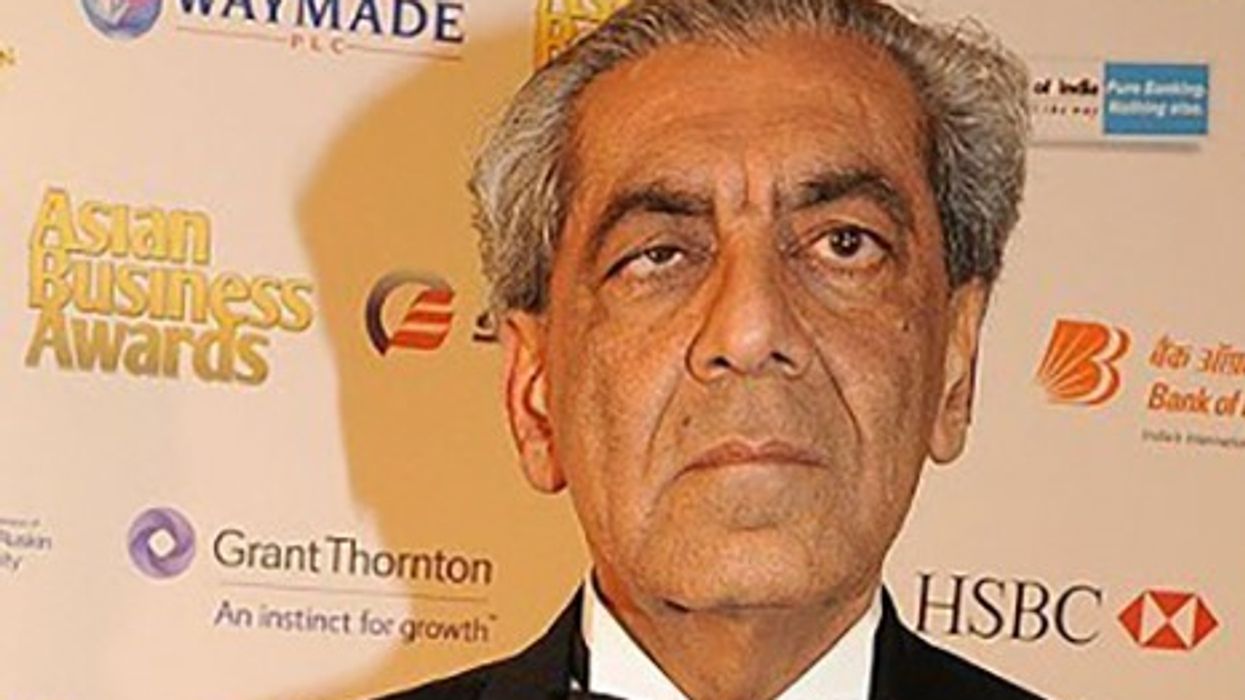India is expected to witness economic growth at a healthy 7.3 per cent in fiscal year (FY) 2018 supported by improved domestic demand, steady revival in industrial growth and reduced drag from net exports, said a new Asian Development Bank (ADB) report.
In the latest report, ADB has maintained its earlier forecast of 7.3 per cent in the current fiscal.
In an update to its flagship annual economic publication, Asian Development Outlook (ADO) 2018, ADB maintains its growth outlook for India in line with its April forecasts of 7.3 per cent for FY2018 and 7.6 per cent in FY2019, said ADB in a release.
“We are now starting to see the benefits of reforms that the government of India has implemented over the past year as the economy recovers from a brief adjustment to these policies including the Goods and Services Tax (GST),” said ADB Chief Economist Yasuyuki Sawada.
“We expect growth to maintain its strength and pick up next year as the economy continues to adjust to the reforms and investor sentiment improves,” Sawada added.
India's economy grew by a strong 8.2 per cent in the first quarter of FY2018. Private consumption grew by 8.6 per cent in the first quarter of FY2018, with rural demand recovering as the effects of demonetisation waned and rural incomes increased.
Investment grew by 10 per cent in a second consecutive quarter of double-digit growth, spurred mainly by higher government capital expenditure on new infrastructure and an improved business environment.
The manufacturing sector benefited from a low base and resolution of GST teething problems while construction received impetus from rural housing and the creation of new infrastructure.
Growth in services moderated marginally from the previous quarters as some sectors like trade, transport, and communication services continue to adjust to the GST.
Domestic demand will continue to drive growth in FY2018 as rural consumption benefits from favorable weather, higher procurement prices for crops and measures taken to bolster farmers’ income. Private investment is also expected to boost India’s growth with new private sector projects spurring economic activity and creating jobs. Net exports, however, are expected to drag on growth, with imports likely to expand more than exports, ADB said.
Strong growth in recent quarters will be balanced over the rest of FY2018 by higher oil prices and policy rates, and by anticipated spillover from global trade turmoil and slower global capital flows.
However, growth is expected to accelerate in FY2019 due to improving investment performance as well as beneficial GST impacts including additional revenue, more public investment, and higher corporate productivity as obstacles to business are removed.
Progress on the resolution of some of the banking sector stress would also aid growth by improving credit flows and boosting investment.
Inflation is expected to hit 5.0 per cent in FY2018, revised slightly upwards from ADB’s estimate in April of 4.6 per cent as rising global oil prices and a weaker Indian rupee push retail prices for petroleum products higher. ADB also expects 5.0 per cent inflation in FY2019, highlighted ADB.
While export growth will likely remain strong in FY2018 as the currency becomes more competitive and the business climate improves, the risk of intensifying global trade conflict could hurt the sector’s performance. Imports are likely to outpace exports due to higher oil prices and revival of domestic demand, resulting in the current account deficit widening to 2.4 per cent of gross domestic product (GDP).
Healthy growth in advanced economies and a more competitive manufacturing sector are expected to boost exports in FY2019 while imports are likely to remain strong reflecting high oil prices. The current account deficit is likely to widen slightly to 2.5 per cent of GDP in FY2019.
India’s macroeconomic fundamentals remain strong despite sharp rupee depreciation in the past few months, which is largely due to changes in global capital flows. The government of India has taken measures to mitigate the impact of depreciation as well as the risk of further depreciation.

















